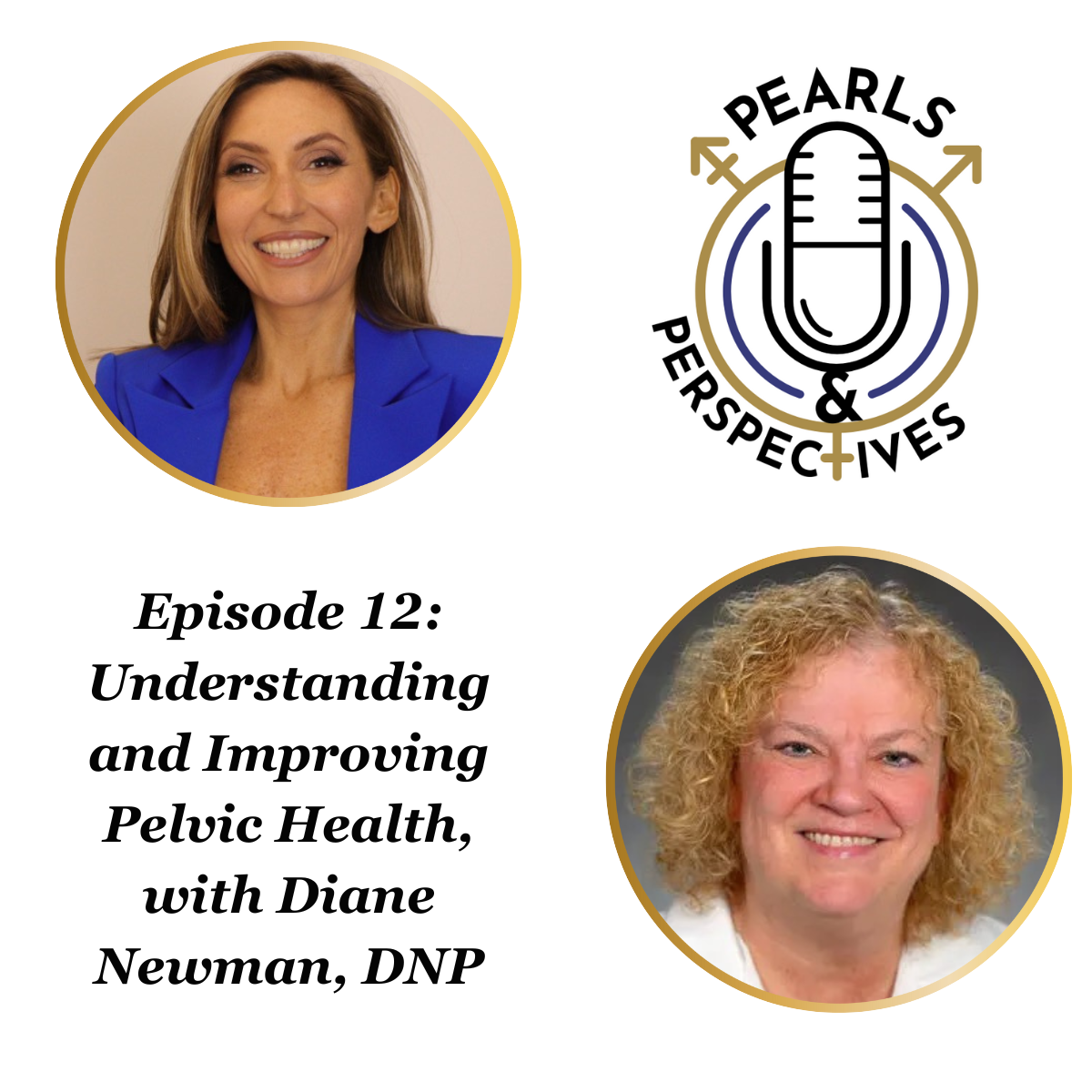Video
Dr. Sheyn discusses a new specialty clinic for female pelvic cancer survivors at UH
Author(s):
"UH is working on starting clinics throughout rural Northeast Ohio, and we're meeting to develop a FPMRS program, both virtual and in-person, so patients can have access to this point of care," says David Sheyn, MD.
In this video, David Sheyn, MD, discusses a new specialty clinic at University Hospitals (UH) for female pelvic cancer survivors. Sheyn was just named the Division Chief of Female Pelvic Medicine at UH, and he is also an assistant professor of urology and reproductive biology at Case Western Reserve University in Cleveland, Ohio.
Video Transcript:
We started this clinic because I was seeing a lot of patients who were either cancer survivors or were having cancer, but they're not being referred by oncologists, they're being referred by their primary care doctors. For a lot of them, their conditions are very treatable, at least the pelvic floor conditions, either with medication or Botox or physical therapy. There are data that says if you compare people with the same exact medical condition, and then you add incontinence or OAB to it, their quality of life is 2½ times worse at least. They end up spending about 2 to 3 times more money on health care because of these issues.
I figured that the best way to get to these patients is to start a clinic within the cancer center so that we may be able to serve these patients better and quicker. It's a clinic where we have same-day appointments; patients can just walk in. We're also extending our services to not just cancer, but people with hematologic conditions, especially sickle cell. The role of pelvic floor disorders in sickle cell disease is extremely limited. We not only help take care of these patients, but to get a better understanding of how we can better take care of them and how sickle cell [affects] the urinary tract and the pelvic floor.
We are hoping to start a rural health clinic, because that's another big disparity. UH is working on starting clinics throughout rural Northeast Ohio, and we're meeting to develop a FPMRS program, both virtual and in-person, so patients can have access to this point of care.
This transcription has been edited for clarity.
Newsletter
Stay current with the latest urology news and practice-changing insights — sign up now for the essential updates every urologist needs.

















